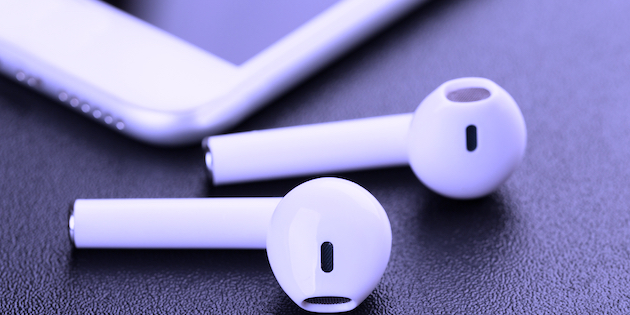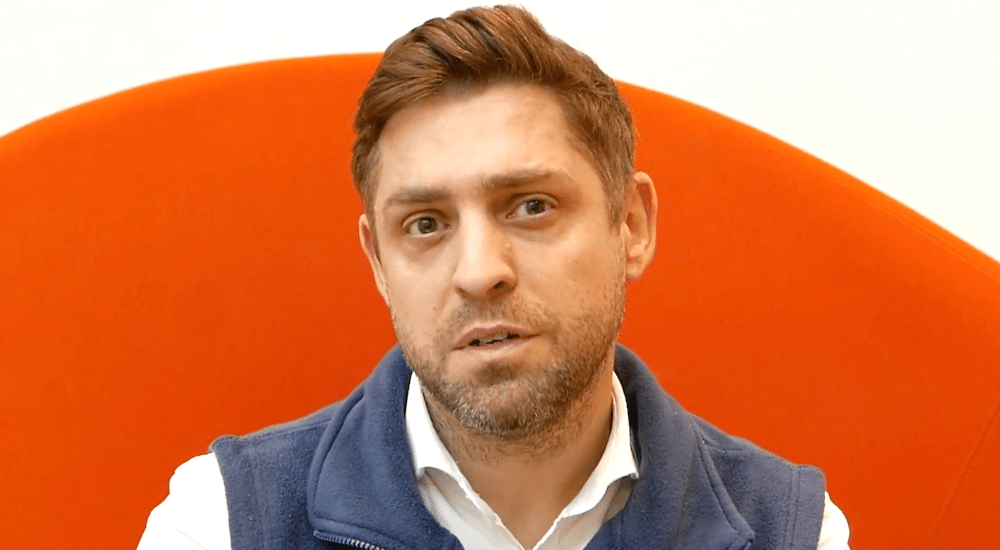A smartphone app and wireless headphones will be enough to access hearing aids, claims one US university
technology
A phone app designed by a team from the University of Texas of Dallas (UTD) is the latest wonder alternative to expensive hearing aids, this time focusing software over hardware.

The seemingly endless possibilities of smartphones have spurred an inevitable recent rush of ideas to bring apps into audiology situations:
- In September 2020, the journal PLOS carried a paper on a design for a proof-of-concept over-the-counter self-serviceable solution—the LoCHAid—for people with age-related hearing loss, a device whose components, when purchased in bulk, cost under one dollar.
- Months earlier, this website reported on a cheap solar-rechargeable hearing aid breaking into markets throughout Africa and Brazil.
- And in November 2019, another low-cost breakthrough made these pages in the form of a smartphone screening system for both hearing and vision impairment, an initiative involving the University of Pretoria’s Professor De Wet Swanepoel, who explained the motivation of finding hearing care models for poorer communities.
Now this project, funded by a five-year grant of $1.86 million from the US National Institute of Health, and in the hands of a UTD team jointly led by electrical engineering professor, Issa Panahi. The research has been rerouted by pandemic restrictions in its trials, and is now conducting tests using artificial intelligence. UTD newspaper, The Mercury, reported that initial studies compared their hearing aid application with FM hearing aid transmitters, demonstrating that they were equally effective.
In describing the aim of this project to create smartphone-accessible applications to help people with hearing disorders, BBS professor and co-principal investigator for the project, Linda Thibodeau, said that the app could be made compatible with wired earbuds, headphones and AirPods, so that instead of buying hearing aids, users will be able to connect their wired or wireless headphones directly to their smartphone devices.
Thibodeau, whose speech recognition research in adaptive digital and FM remote microphone hearing assistance technology has been used by Phonak, told The Mercury: “As we’ve had this explosion in wireless options, we can now improve hearing for people with normal hearing in a situation with background noise. When it’s wireless, it allows you to move the smartphone’s microphone closer to the source and improve the audibility of speech.”
With the finished app, developed using an open-source code and therefore not available from app stores, will likely cost just a few dollars. “I have avoided and will avoid designing any hardware. It has a huge amount of complication in terms of updating, improving and distributing,” said Panahi. “If and when the app becomes a product, then for a few dollars, everybody can download it and avoid paying the high price of hardware devices.”
Source: The Mercury (UTD)
 Sign in
Sign in

